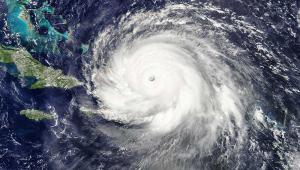Valuable lessons could be learned from the major disasters of the past, such as the eruption of Mount Vesuvius, which wiped out the Roman town on Pompeii in AD79, or the hurricane that devastated the Dominican Republic in 1930, the bank said in its Aftershocks report, published on Tuesday.
Laura Tuck, World Bank vice president for sustainable development, said: “With significantly increased levels of population, urbanisation, and built infrastructure, our cities and communities are more exposed to disaster risk.
“Looking at past disasters helps us plan for a more resilient future.”
The report focused in detail on the 1815 eruption of Mount Tambora in present-day Indonesia, which killed over 70,000 people and remains the most devastating volcanic eruption in global history.
The eruption was so extensive that particles blocked out the sun, leading to a 3 degree drop in the global temperature, leading to the ‘year without a summer’ in 1816 and causing crops to fail in China, Europe and North America.
An equivalent disaster today would affect a far more densely populated area, cause widespread disruption to air travel and could well affect food production at a time when there are 6 billion more people on the planet, the World Bank warned.
“Having a better understanding of historic disasters gives us an opportunity to avoid the mistakes of the past,” said Francis Ghesquiere, head of the Global Facility for Disaster Reduction and Recovery.
The report suggested that effective disaster mitigation strategies included enforcement of building standards and improved urban planning and construction that uses more disaster-resilient materials.













